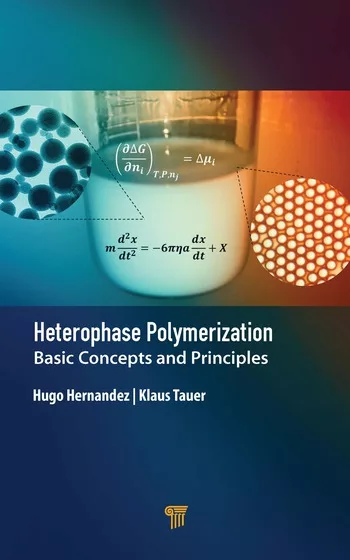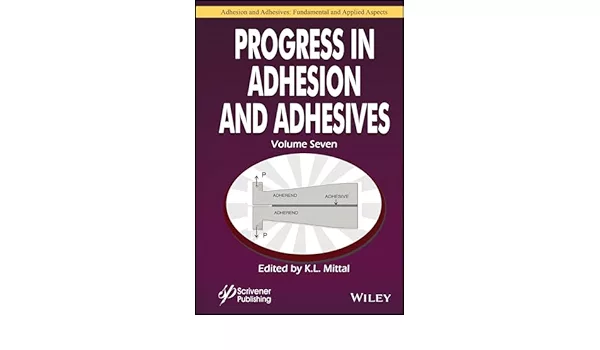Ask Dr. Dave
Adhesives and sealants troubleshooting tips from Dr. Dave Dunn.
Question: What are the relative merits of cut or molded gaskets and form-in-place gaskets? Would you please explain these terms?
Answer: A conventional cut or molded gasket creates a seal by compression, which is induced by the tightening of the fasteners. It is essentially a compressed spring comprised of flanges, gasket and fasteners. Any loss of tension in the system caused by the stretching of the fasteners, vibration loosening, or creep or relaxation of the gasket will ultimately lead to failure.
In contrast, a form-in-place gasket uses a liquid (e.g., a silicone or anaerobic methacrylate) that does not cure until after assembly. It has metal-to-metal contact between the flanges, which, with the fasteners, carries all of the tension. Even if some tension is lost, the sealant’s adhesion often prevents the failure of the system.
Flange systems should be specifically designed or modified for form-in-place-gaskets. Form-in-place gaskets rely on good surface adhesion to maintain seal integrity. One major benefit of form-in-place gaskets is their ability to eliminate the necessity of stocking a wide inventory of differently sized solid gaskets. They can also be very cost effective in high-volume production situations (e.g., the auto industry).
A more recent technology is the so-called “cure-in-place” gasket; these are usually liquid silicones, acrylics or ethylene acrylic rubbers that are applied to only one flange on a part and then cured by heat or UV radiation. They adhere to one flange and rely on compression to maintain the seal. The development of cure-in-place gaskets has involved considerable R&D efforts in both chemistry and robotic applicators. Form-in-place gaskets are often applied in a production line of an OEM auto manufacturer, while cure-in-place gaskets are particularly suitable for a component manufacturer who can cast, stamp, or mold a part, apply a gasket, and then supply a gasketed part to their customer.
Repair situations pose an interesting scenario for these two systems. Form-in-place gaskets can be readily replaced in repair situations by applying the liquid gaskets from a cartridge or tube. Form-in-place gaskets can sometimes replace cure-in-place gaskets, but this is not always possible because of differences in flange designs for these two types of systems. In the latter case, one has to use a cut or molded gasket, or buy a new part with the gasket already attached.
Form-in-place gaskets face strong competition from molded silicone and acrylic gaskets used by U.S. manufacturers; European manufacturers often prefer to use molded rubber gaskets in most applications. Furthermore, many applications are being developed for liquid injection-molded gaskets that that can be injected and cured into preformed grooves in an assembled component.
Question: What are the relative merits of cut or molded gaskets and form-in-place gaskets? Would you please explain these terms?
Answer: A conventional cut or molded gasket creates a seal by compression, which is induced by the tightening of the fasteners. It is essentially a compressed spring comprised of flanges, gasket and fasteners. Any loss of tension in the system caused by the stretching of the fasteners, vibration loosening, or creep or relaxation of the gasket will ultimately lead to failure.
In contrast, a form-in-place gasket uses a liquid (e.g., a silicone or anaerobic methacrylate) that does not cure until after assembly. It has metal-to-metal contact between the flanges, which, with the fasteners, carries all of the tension. Even if some tension is lost, the sealant’s adhesion often prevents the failure of the system.
Flange systems should be specifically designed or modified for form-in-place-gaskets. Form-in-place gaskets rely on good surface adhesion to maintain seal integrity. One major benefit of form-in-place gaskets is their ability to eliminate the necessity of stocking a wide inventory of differently sized solid gaskets. They can also be very cost effective in high-volume production situations (e.g., the auto industry).
A more recent technology is the so-called “cure-in-place” gasket; these are usually liquid silicones, acrylics or ethylene acrylic rubbers that are applied to only one flange on a part and then cured by heat or UV radiation. They adhere to one flange and rely on compression to maintain the seal. The development of cure-in-place gaskets has involved considerable R&D efforts in both chemistry and robotic applicators. Form-in-place gaskets are often applied in a production line of an OEM auto manufacturer, while cure-in-place gaskets are particularly suitable for a component manufacturer who can cast, stamp, or mold a part, apply a gasket, and then supply a gasketed part to their customer.
Repair situations pose an interesting scenario for these two systems. Form-in-place gaskets can be readily replaced in repair situations by applying the liquid gaskets from a cartridge or tube. Form-in-place gaskets can sometimes replace cure-in-place gaskets, but this is not always possible because of differences in flange designs for these two types of systems. In the latter case, one has to use a cut or molded gasket, or buy a new part with the gasket already attached.
Form-in-place gaskets face strong competition from molded silicone and acrylic gaskets used by U.S. manufacturers; European manufacturers often prefer to use molded rubber gaskets in most applications. Furthermore, many applications are being developed for liquid injection-molded gaskets that that can be injected and cured into preformed grooves in an assembled component.
Links
Looking for a reprint of this article?
From high-res PDFs to custom plaques, order your copy today!






